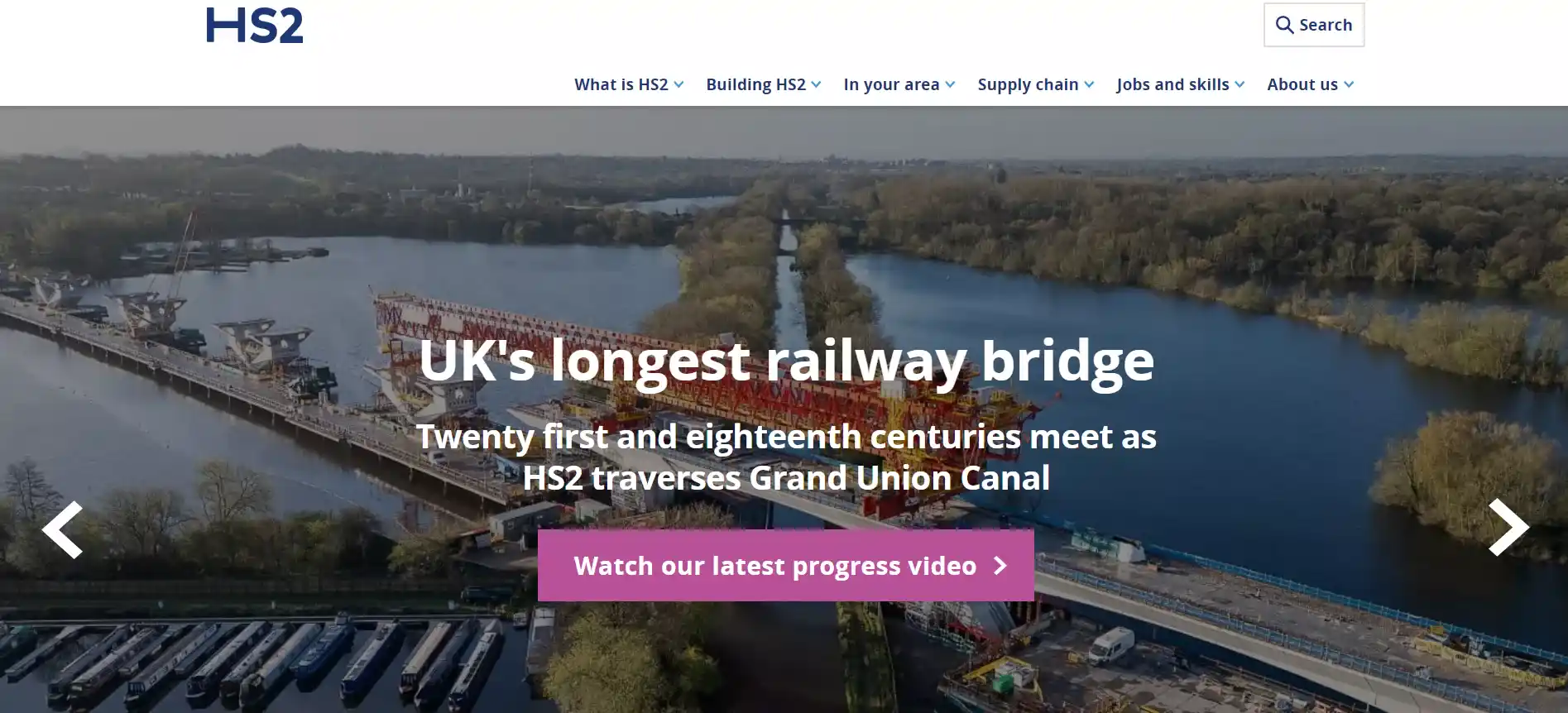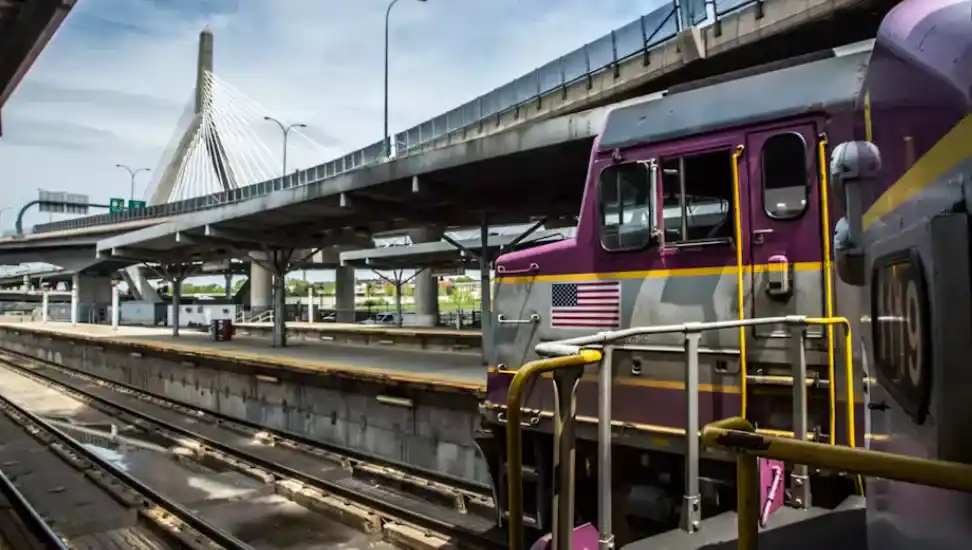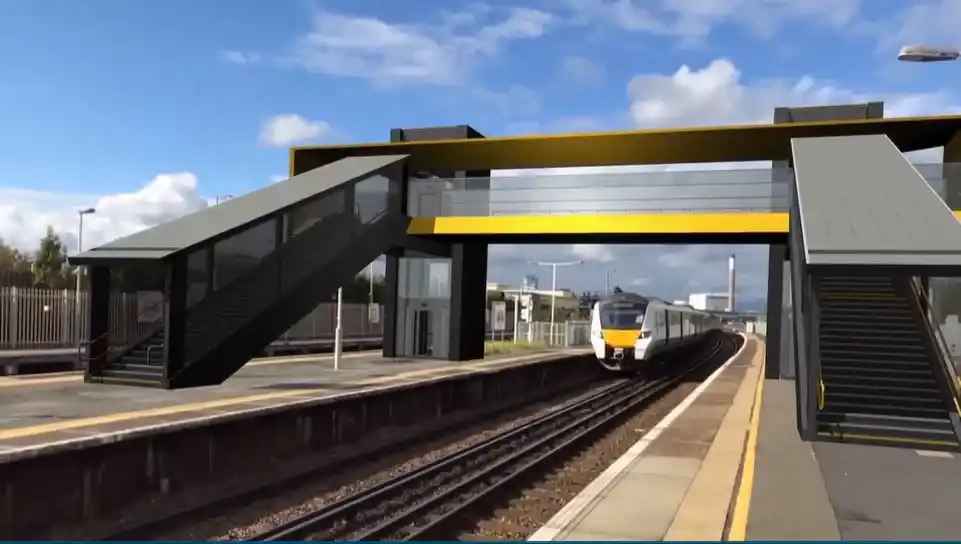Table of Contents
Augmented reality (AR) technology is revolutionizing various aspects of rail operations, including staff training, maintenance, overcrowding management, customer engagement, and construction oversight. AR in railways has enabled wayfinding solutions to streamline navigation for passengers, reducing confusion and enhancing the overall travel experience. Maintenance tasks become more efficient as technicians utilize AR overlays to access real-time instructions and visualize complex machinery, minimizing downtime and improving safety.
Overcrowding management is also improved through AR, with real-time crowd density information aiding station staff in optimizing passenger flow and ensuring safety. Moreover, AR enhances customer engagement by providing interactive experiences, such as virtual guides and real-time transit schedules, fostering a positive relationship between passengers and rail operators.
In the construction phase, AR facilitates design visualization and oversight, allowing engineers to preview proposed infrastructure projects and monitor construction progress with unprecedented precision. As the AR market continues to grow exponentially, the integration of AR in railway operations promises further advancements in efficiency, safety, and passenger satisfaction. AR in railway is not just a trend but a transformative force shaping the future of transportation.
AR in Railway Staff Training

In railway operations, augmented reality (AR) is revolutionizing staff training, offering dynamic, engaging, and efficient learning experiences. Unlike traditional methods, AR allows rail employees to immerse themselves in realistic scenarios, practicing procedures and interacting with virtual elements overlaid onto their physical environment. This hands-on approach enhances learning effectiveness and retention rates.
For instance, engineers working on projects like HS2, the UK’s high-speed rail line, benefit from AR technology. HS2 introduced an immersive AR system, creating replicas of stations like the Old Oak Common station in London. This allows engineers to familiarize themselves with the site virtually, facilitating better preparation and understanding before on-site work begins. Overall, AR in railway staff training simplifies processes, accelerates learning curves, and provides invaluable practical experiences, ultimately contributing to safer, more efficient rail operations.
All things maintenance
Maintenance in railway operations is traditionally challenging due to safety risks, impracticalities, and limited access, often reliant on weather and infrastructure conditions. Integrating AR in railway maintenance addresses these issues by providing real-time guidance and data overlay directly onto equipment or tracks. Technicians equipped with AR glasses or devices can access schematics, repair guides, and expert support, enhancing efficiency, reducing downtime, and bolstering safety.
Furthermore, AR facilitates remote inspection of tracks, especially when combined with advanced technologies like AI and predictive analytics. Maintenance tasks become more proactive and cost-effective by remotely assessing track conditions and potential issues. A notable example is the implementation of AR-equipped smart glasses for maintenance staff on the Greater Boston commuter rail system.
These glasses enabled seamless communication and real-time visual support between on-site and off-site teams, resulting in significant cost savings and improved maintenance practices. AR in railway maintenance not only optimizes operations but also enhances passenger satisfaction through improved service reliability.

Overcrowding Management
AR in Railway is pivotal in addressing the challenges posed by overcrowding, a common issue in rail systems worldwide, particularly in major cities. With passenger rates soaring, operators are under pressure to find immediate solutions. While long-term measures like network expansions require time and resources, AR technology offers almost instantaneous relief.
In Shanghai, for instance, where congestion is rampant, AR smart glasses were trialed to manage passenger flows ahead of a major event. Equipped with cameras streaming live traffic data to station control centers, these glasses enable rapid identification of bottlenecks, facilitating quick interventions to optimize passenger movement. Moreover, they enhance security measures through facial recognition and voice command capabilities.
Following successful trials, these AR glasses have been adopted across multiple subway systems, including those in Luoyang and Gansu. By providing real-time crowd density information and suggesting alternative routes, AR applications empower rail operators to enhance the safety and comfort of passengers. This innovative use of AR demonstrates its potential to address immediate challenges in railway operations, offering a glimpse into the future of public transit management.
Customer Engagement
AR in Railway is transforming customer engagement by providing entertainment and information tailored to passengers’ needs. Rail operators leverage AR apps to offer travelers contextual details about points of interest, real-time transit schedules, and virtual guides for navigating stations and transfers. Moreover, AR integrates seamlessly into marketing campaigns and loyalty programs, enhancing passenger interaction and satisfaction.
On the customers’ end, AR provides entertainment and information specific to railway services or stations. For instance, Swiss Federal Railways introduced an AR preview app at Zurich’s main station, improving wayfinding in crowded areas. By pointing their phones at information boards or specific locations, travelers access details about services, nearby shops, and transit stops.
In 2019, Trainline utilized AR to promote train transport’s eco-friendliness over polluting alternatives. Through posters near London Waterloo, passengers scanned QR codes to view personalized train schedules and the carbon footprint saved by choosing rail travel over cars. This innovative use of AR enhances customer engagement while promoting sustainable transportation.
Previewing Designs and Overseeing Construction
In the realm of AR in Railway, engineers and project managers leverage augmented reality to project proposed rail infrastructure designs in real-world settings, enabling stakeholders to evaluate new construction projects and pinpoint potential challenges proactively. This innovation fosters informed decision-making before implementation. During construction phases, AR facilitates remote collaboration, progress monitoring, and quality assurance by superimposing digital blueprints or directives onto physical structures.
A noteworthy application of this technology emerged when British infrastructure manager Network Rail introduced the ARki app last October. This groundbreaking tool allowed passengers to visualize forthcoming replacement footbridges at stations. ARki empowered local communities to preview future infrastructure developments, particularly ahead of Network Rail’s launch of a new generation of footbridges. This initiative illustrates how AR in Railway is enhancing construction oversight and fostering community engagement and transparency in infrastructure projects.

AR Revolutionizing Railway Operations
AR in Railway is revolutionizing rail operations across various domains. It significantly enhances staff training by providing immersive, interactive simulations for learning procedures and scenarios. In maintenance, AR overlays real-time data and instructions onto equipment, improving efficiency and safety. For managing overcrowding, AR delivers crowd density information in real-time, optimizing passenger flow and ensuring safety.
In terms of customer engagement, AR applications offer contextual information, real-time transit schedules, and virtual guides, enhancing the overall passenger experience. Moreover, AR enables engineers and project managers to visualize designs and oversee construction by overlaying digital blueprints onto physical structures, facilitating remote collaboration and quality control. As AR technology evolves, its applications in the railway industry are poised to expand, driving further enhancements in efficiency, safety, and passenger satisfaction.





